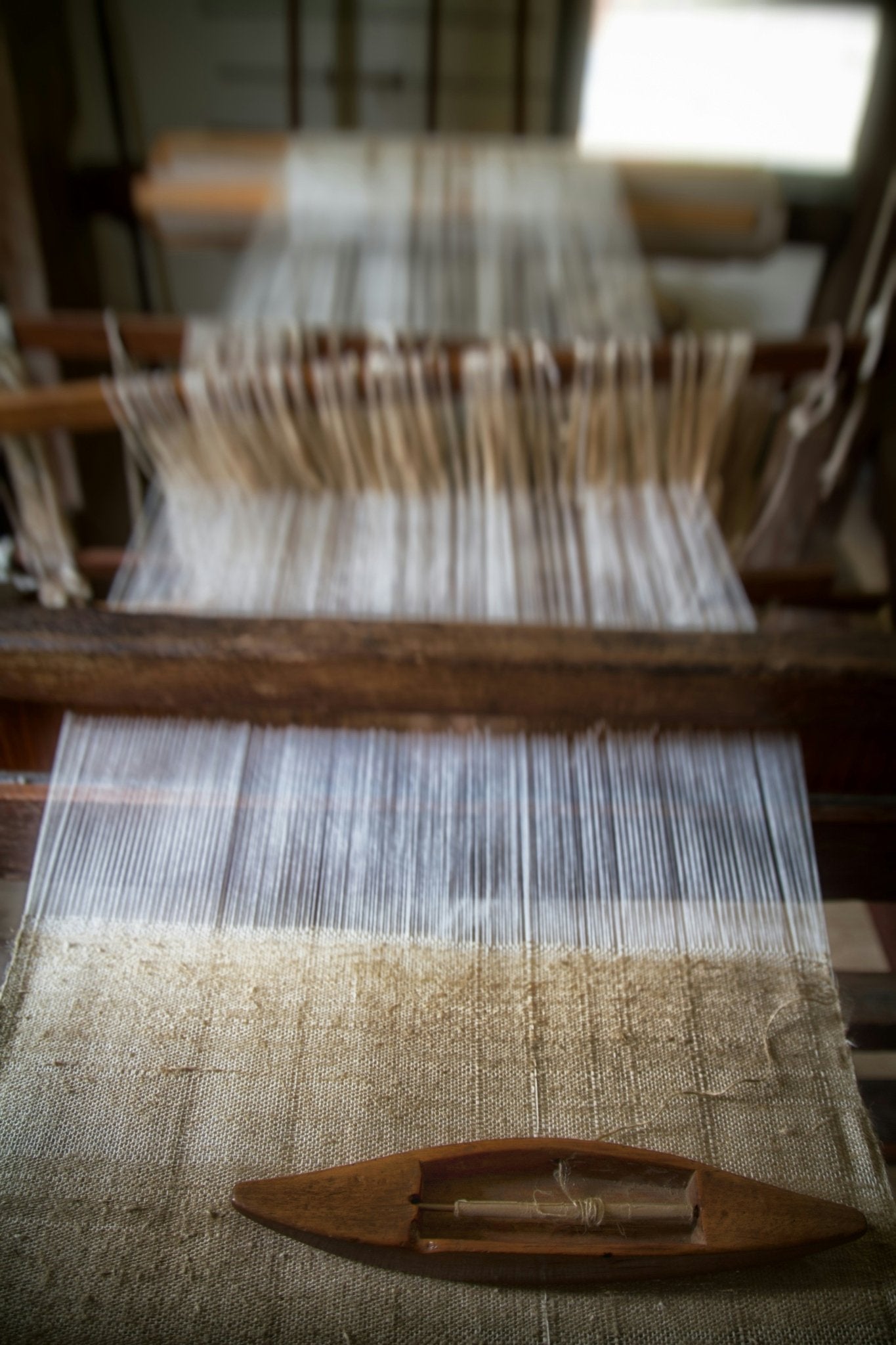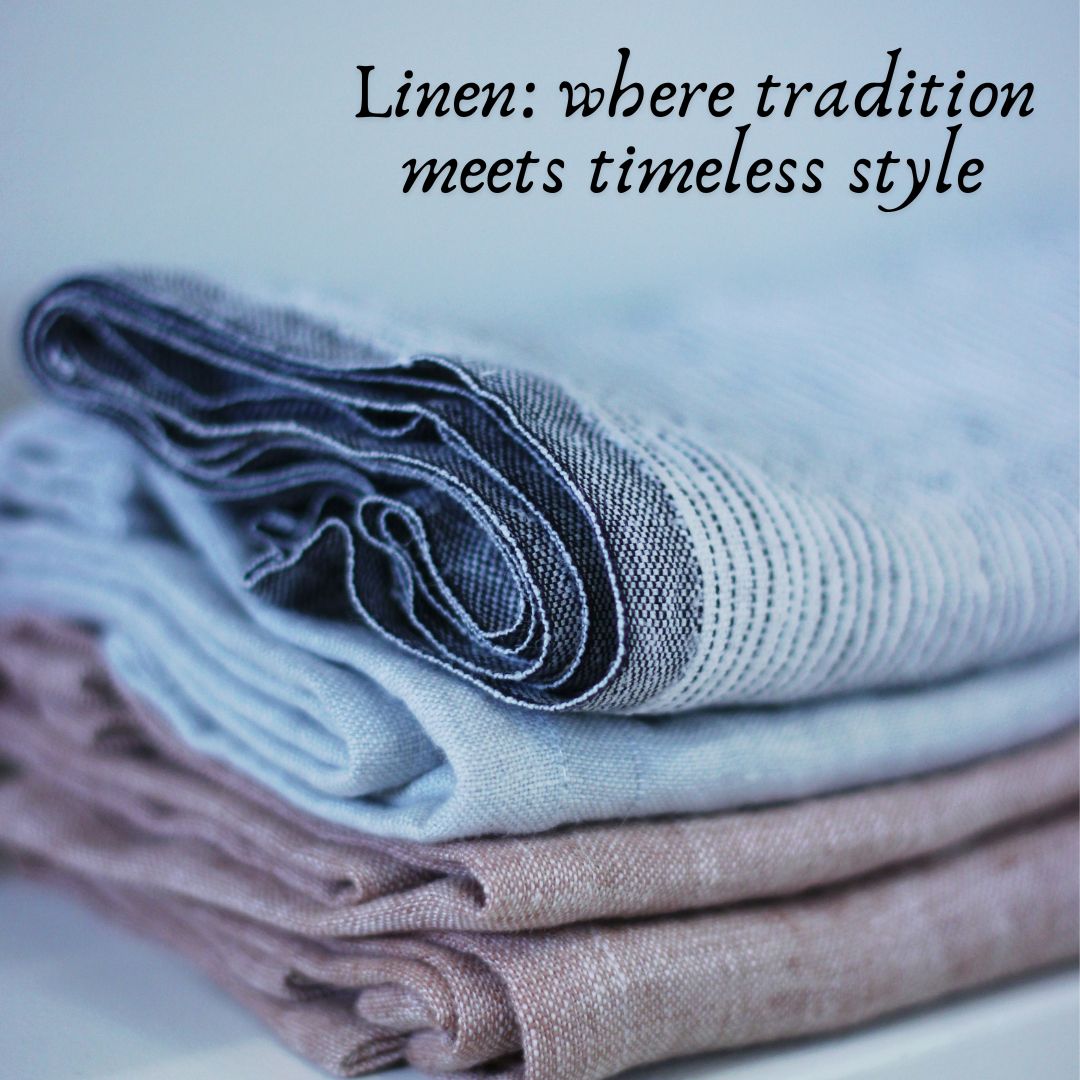In a world dominated by mass-produced goods, the preference for artisanal and handcrafted products such as pillow covers, curtains, upholstery, tablecloths, and many more items is steadily rising. Among these, block-printed fabrics hold a special place, cherished for their rich history, intricate designs, and unique charm. While various textiles options are available, block-printed fabric continues to captivate enthusiasts and artisans alike. This blog investigates why block print is often preferred over other textile fabrics, exploring its aesthetic, cultural, and environmental appeal.
The Artistry and craftsmanship behind block-print
Block printing is a centuries-old technique that involves carving intricate patterns onto wooden blocks, which are then dipped in dye and stamped onto fabric. Each piece of fabric is created by hand, making every item unique. This labor-intensive process is a witness to the skill and dedication of the artisans who produce these textiles. Unlike machine-made fabrics, where the designs can appear uniform and impersonal, block-printed fabrics such as tablecloth, curtains, cushion covers, upholstery and many more bear subtle imperfections and variations that give them character and soul.

The artistry involved in hand-block printing is unparalleled. The designs often reflect traditional motifs, cultural stories, and natural elements, making the block-printed fabric not just a material but a canvas of heritage and tradition. This connection to history and culture is a significant reason why many people prefer block-printed fabrics over other options.
Unique and intricate designs
One of the most compelling reasons for choosing block print over other textile fabrics is the uniqueness of the designs. Each block print is the result of the artisan’s imagination and skill, leading to patterns that are often intricate and detailed. Unlike digital or screen printing, where the designs can be replicated endlessly, block printing offers a sense of exclusivity. Even within a single batch, no two pieces are exactly alike, providing a one-of-a-kind product that many consumers find appealing.
The complexity and variety of patterns available in block printing are also unmatched. From traditional floral and paisleys to modern geometric designs, block-printed fabrics cater to a wide range of tastes and preferences. This versatility allows them to be used in various applications, from clothing to home decor to accessories, making them the favorite of designers and consumers alike.
Cultural significance and heritage
Block printing is not just a fabric production technique; it is a cultural heritage passed down through generations. Regions known for their block printing traditions, such as Rajasthan in India, have developed distinct styles and techniques that reflect their cultural identity. When you choose block-printed fabric, you are not just buying a piece of cloth but also connecting with the rich history and traditions of the region where it was made.

This cultural significance adds depth to the linen or cotton fabric, making it more than just a decorative item. Many people who prefer block-printed textiles do so because they value this connection to heritage and the stories embedded in each design. It is a way to support traditional artisans and keep age-old crafts alive in an era of fast fashion and industrialization.
Environmental and ethical considerations
In an age where sustainability and ethical consumption are increasingly important, block-printed fabrics stand out as an environmentally friendly and socially responsible choice. The block printing process is inherently sustainable, relying on manual labor and natural dyes, which reduces the environmental impact compared to synthetic and machine-made textiles. Moreover, block printing supports local artisans and small-scale industries, promoting fair trade and ethical labor practices.
Consumers who prioritize sustainability often choose block-printed fabrics for their lower carbon footprint and the positive impact their purchase has on artisan communities. Unlike mass-produced textiles, which can contribute to environmental degradation and exploitative labor practices, block printing is rooted in a tradition of mindful and respectful production.

Versatility and Timelessness
Block-printed fabrics are known for their versatility, making them suitable for a wide range of uses. Whether used for clothing, home decor, or accessories, these fabrics bring a touch of elegance and tradition to any setting. The timeless nature of block-print designs ensures that they never go out of style, making them worthwhile investment for those looking to create a classic, enduring aesthetic.
Furthermore, block-printed fabrics blend seamlessly with various interior styles, from Bohemian to Contemporary. Their ability to add warmth, texture, and a sense of history to any space makes them a popular choice for home decor, including curtains, cushion covers, and bedspreads.
The personal touch
Perhaps one of the most compelling reasons for preferring block-printing textiles is the personal touch they offer. In a world where mass production often leads to a disconnect between the maker and the consumer, block-printed fabrics bridge this gap. Each piece is the labor of love, crafted by skilled artisans who take pride in their work. This personal connection is something that cannot be replicated by machine-made fabrics, making block print a meaningful choice for those who value authenticity and craftsmanship.

Conclusion
The preference for block-print cotton or linen fabrics over other textiles is rooted in a deep appreciation for artistry, heritage, sustainability, and uniqueness. These fabrics offer more than just aesthetic appeal; they tell stories, support traditional craftsmanship, and continue to a more sustainable and ethical world. Whether you are drawn to the intricate designs, the cultural significance, or the environmental benefits, block-printed textiles are a timeless choice that will continue to captivate and inspire for generations to come.



